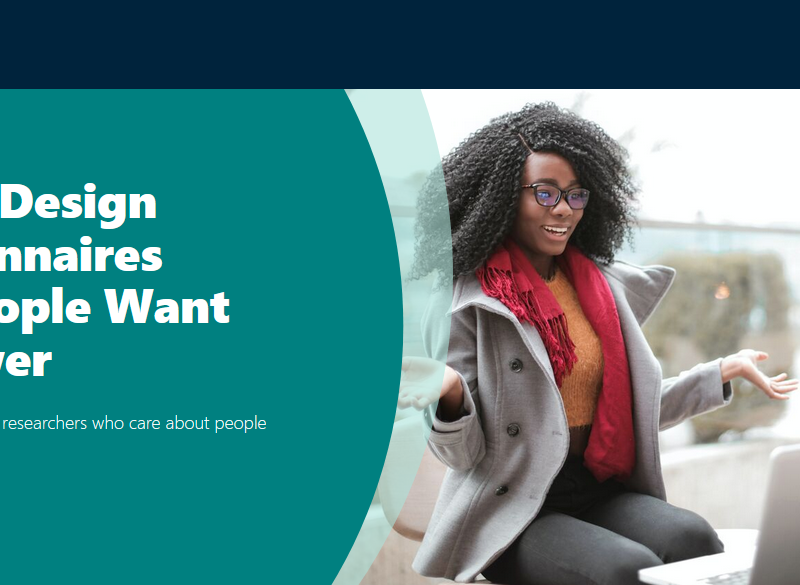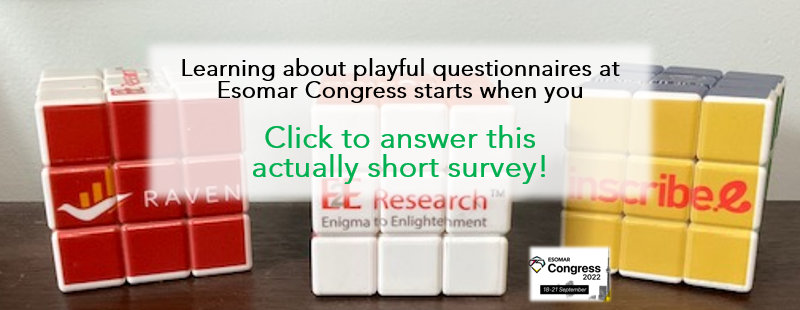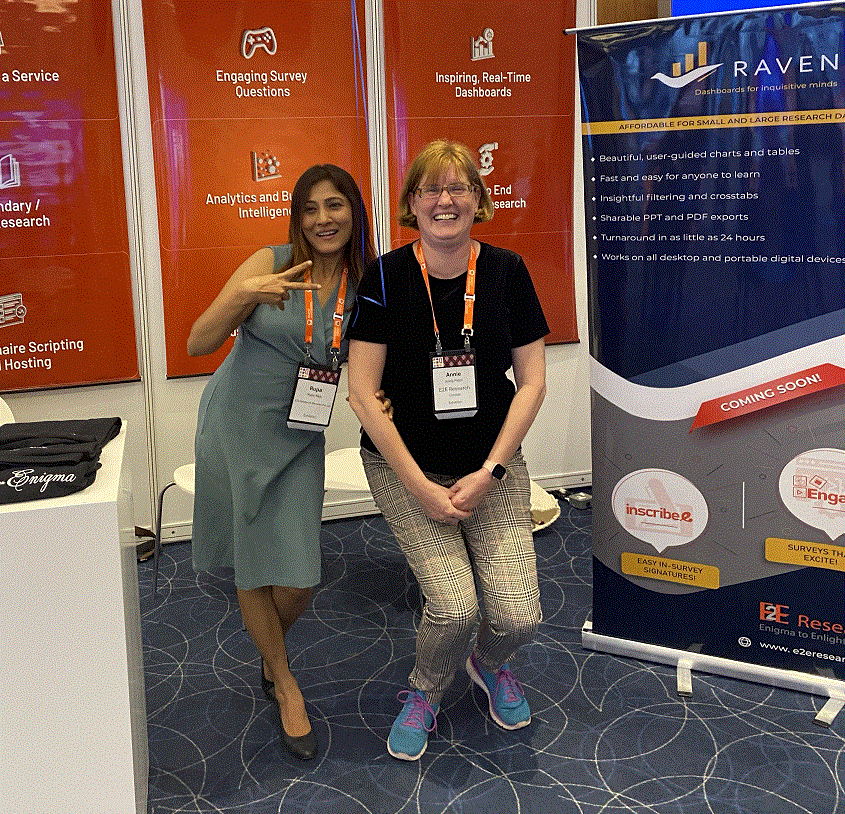
 Researchers want people to feel comfortable when they’re answering questions so they will share complete and honest answers about their public and private lives. This can be difficult because you first need to create a research environment that shows them they are trusted and respected.
Researchers want people to feel comfortable when they’re answering questions so they will share complete and honest answers about their public and private lives. This can be difficult because you first need to create a research environment that shows them they are trusted and respected.
If this resonates for you, then please join our Chief Research Officer, Annie Pettit, for a 3-day (2 hours per day) questionnaire design workshop hosted by Esomar on February 21, 22, 23, at .
In this highly interactive masterclass, you will learn about the psychology of answering questions and how to apply that knowledge in a practical way to questionnaire design. You will learn to create questions that make people feel valued and respected, that accommodate normal human behaviours no matter how strange those behaviours may seem to you, and that make people look forward to participating in the next research project.
Registration is now open on the Esomar website!
What will you learn?
After completing this training, you should be able to:
- Understand how human psychology interacts with the questionnaire experience and how to write questions that accommodate normal behaviours
- Write questions that are kind and respectful towards people who are marginalised, and people who are embarrassed to share personal aspects of their lives
- Write questionnaires that people want to answer this time and the next
- Write questions that are fun and playful
By the end of the workshop, you will have built a set of resources that can be leveraged in a range of future questionnaires.
Programme at a glance
Session 1: Understanding human nature
- How does human psychology impact how people interpret and respond to questionnaires
- What are some basic rules for creating respectful questionnaires
- What mindset do we need to take when building questionnaires
Session 2: Making tough topics more comfortable
- Creating compassionate screener questions
- Writing respectful data quality questions
- Asking about embarrassing or private issues
- Eliciting truth when it comes to unethical and illegal behaviours
Session 3: Creating a playful experience for everyone
- How to write playful questions that excite and make people think
- Incorporating play into serious topics
Please click here to register on the Esomar website.
About Annie Pettit
Annie Pettit is Chief Research Officer, North America, at E2E Research, an ISO 27001 certified, ESOMAR corporate member company that offers market research, data analytics, and business intelligence solutions to help research leaders understand their buyers, brands, and businesses. Annie is a research methodologist who specializes in research design and analysis, data quality, and innovative methods. She holds a PhD in experimental psychology from York University in Canada, is a Certified Analytics and Insights Professional (CAIP), and is a Fellow of the Canadian Research Insights Council (CRIC). Annie is also Chair of the Canadian ISO Standards Committee (ISO 20252), and the author of “People Aren’t Robots: A practical guide to the psychology and technique of questionnaire design.”

 On Tuesday, September 20th, Rupa Raje and Annie Pettit ran a session at Esomar congress on designing more playful questionnaires. In preparation for that presentation, researchers were invited to complete a very short questionnaire incorporating a range of innovative question designs.
On Tuesday, September 20th, Rupa Raje and Annie Pettit ran a session at Esomar congress on designing more playful questionnaires. In preparation for that presentation, researchers were invited to complete a very short questionnaire incorporating a range of innovative question designs.
